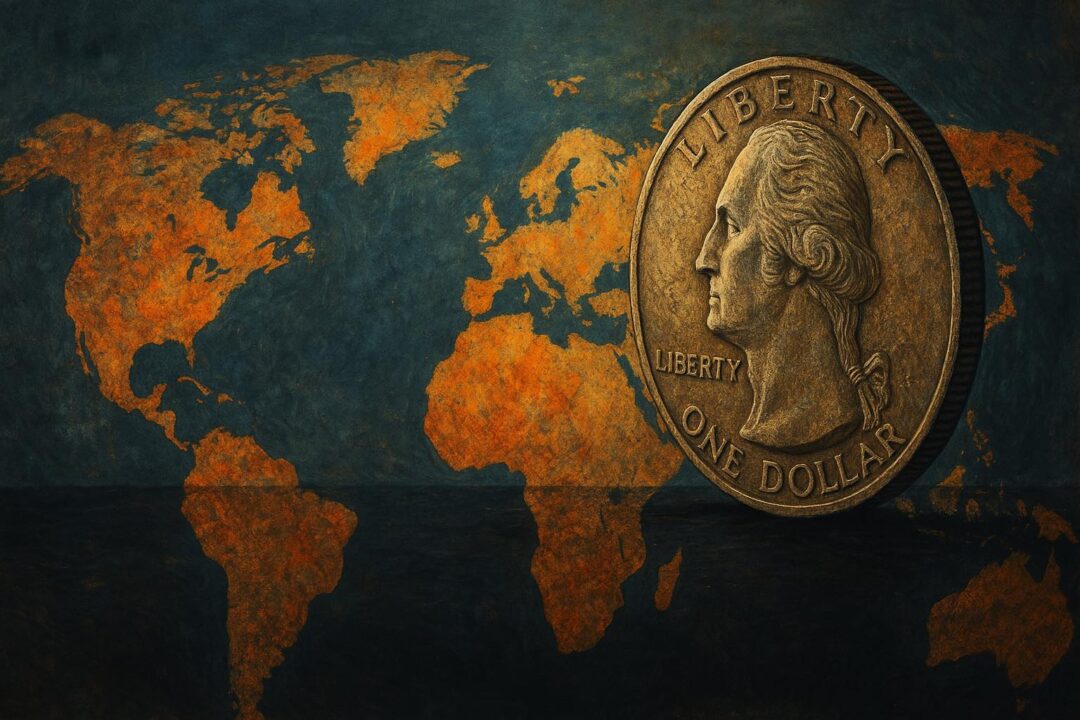On the surface, stablecoins appear to be one of the most empowering innovations in the crypto world. They combine the familiarity of fiat currency with the speed and borderlessness of blockchain technology. For users across the globe—from digital nomads to businesses in emerging markets—stablecoins offer the promise of stability without the bureaucracy of banks.
They’re fast. They’re programmable. They work across wallets, borders, and DeFi protocols. And unlike volatile cryptocurrencies, they offer a sense of predictability that has made them indispensable in the digital economy.
But beneath the convenience lies a more fragile reality—one that few users fully understand. While these tokens look and feel decentralized, most are anything but. And it is this hidden layer of centralized control that may ultimately prevent stablecoins from achieving their global potential.
Censorship by Design
Every major fiat-backed stablecoin in circulation today is centrally issued and managed. Whether it’s USDC (by Circle), USDT (by Tether), or BUSD (by Paxos/Binance), the issuer has the ability to:
- Freeze wallet addresses
- Blacklist and confiscate tokens
- Block transfers from sanctioned or flagged wallets
These powers are not theoretical. They are written directly into the smart contracts, and issuers have used them multiple times. In 2022, Circle froze over $75,000 worth of USDC connected to the Tornado Cash smart contract after U.S. sanctions. Tether has frozen hundreds of wallets over the years linked to hacks, exploits, and fraud.
Even if you’re using a non-custodial wallet on a permissionless blockchain, you’re not immune. If your address becomes associated with a flagged transaction—even unknowingly—your stablecoins can become unspendable. You can still see them in your wallet, but you can’t move them. They are effectively bricked.
The Innocent Can Be Caught in the Crossfire
This system, while designed for legal compliance and fraud prevention, incentivizes caution through centralization. But in doing so, it creates a chilling effect for users worldwide, particularly in regions that:
- Rely on stablecoins to escape local currency collapse
- Lack access to global banking infrastructure
- Operate in informal economies or under authoritarian regimes
An honest merchant in a developing country might accept payment in USDC for a legitimate transaction, only to find that their tokens are frozen because they unknowingly received funds connected to a tainted source. They have no recourse unless they can pass KYC, access English-language support, and convince a U.S.-based company to unfreeze their funds.
This is not sovereignty. It is gatekeeping—rebranded for Web3.
Trust Without Sovereignty
Stablecoins are trusted not because of code, but because of reputation. Users believe the token will hold its peg, that issuers will act fairly, and that platforms will honor redemptions. But that trust depends on the behavior of centralized entities, not immutable protocols.
This creates an awkward contradiction. Crypto was built to remove middlemen. Stablecoins reintroduce them. And with them comes a reliance on:
- Jurisdictional law
- Corporate policy
- Manual enforcement
For some, especially institutional users, this is acceptable. For the rest of the world—especially the unbanked, the marginalized, and the politically vulnerable—it presents a risk.
Not So Different From a CBDC
While often viewed as a decentralized alternative to traditional finance, today’s fiat-backed stablecoins increasingly resemble what a future American Central Bank Digital Currency (CBDC) might look like.
Both are:
- Issued and controlled by centralized entities
- Subject to regulatory mandates and blacklisting
- Programmable in ways that can restrict or permit transactions
In fact, a U.S. dollar stablecoin like USDC or USDT already behaves much like a prototype CBDC—only outsourced to a private company. This raises an uncomfortable question: for the end user, particularly in terms of freedom and control, is there a meaningful difference?
While marketed as private-sector innovation, these stablecoins operate with similar oversight mechanisms that would likely be built into a state-issued digital dollar. For users in regions vulnerable to political or economic risk, the functional reality is that both systems can revoke access without recourse.
This similarity may make stablecoins more palatable to regulators—but it also exposes the limitations of their promise as tools of financial freedom.
Perception Is Power: Why This Matters to the World
As more governments, institutions, and industries—particularly in the Global South—become aware of these centralized controls, the appeal of fiat-backed stablecoins begins to erode. What may seem like a useful digital dollar on the surface is, in practice, a token whose functionality can be revoked by a foreign entity without warning or due process.
For policymakers and business leaders in regions that have experienced sanctions, capital controls, or geopolitical marginalization, this is a red flag. Why would any country looking to build its financial independence choose to integrate or rely on a system that can be shut off by a U.S.-based company under pressure from regulators or courts?
For industries like remittances, logistics, or trade settlements—especially those operating between the Global South and East—the risk of arbitrarily frozen funds becomes a significant liability. It threatens to undermine the reliability, neutrality, and sovereignty that made stablecoins attractive in the first place.
The knowledge that these tokens are not truly yours once they enter a smart contract with a backdoor diminishes their strategic value. The promise of global money only works if everyone has equal access. Once that promise is broken, trust is hard to regain.
A New Tool of U.S. Leverage
There’s also a geopolitical layer to consider. As the U.S. government becomes more aware of the influence stablecoins offer, it may increasingly view them as instruments of foreign policy—not just financial tools. The fact that most major dollar-backed stablecoins are issued and operated by U.S.-based entities gives Washington a kind of digital leverage it has never had before.
In a world where access to stablecoins can be restricted at the protocol level, the U.S. could theoretically use that control as part of diplomatic negotiations. For example, if a country is resisting the adoption of U.S.-based stablecoins or exploring alternatives like CBDCs from rival powers, access to stablecoin infrastructure could become a bargaining chip—subtly or overtly.
This would represent a shift from merely influencing global finance through SWIFT or IMF policy, to directly controlling the movement of digital dollars at the code level. For some countries, this is a reason to resist adoption entirely. For others, it will be a stark reminder that dependency on foreign-controlled digital currencies carries political risk as well as financial one.
The Limit to Global Adoption
If stablecoins are to become the de facto digital cash for the world, they need to be:
- Neutral
- Permissionless
- Censorship-resistant
Today’s fiat-backed stablecoins fail on all three counts.
These limitations do not negate their usefulness. Stablecoins still hold immense potential to transform financial access and infrastructure across the world. But their centralized nature introduces critical trade-offs. For the populations that need them most—those living under monetary repression, inflation, or economic collapse—relying on a token that can be revoked at any moment remains a significant risk.
The Way Forward?
Until there is a form of digital currency that preserves the utility of stablecoins without placing control in the hands of a central issuer, the libertarian vision of global, borderless, inclusive money will remain incomplete.
Fiat-backed stablecoins will likely continue to play a critical role in crypto and fintech ecosystems. But their design—rooted in compliance and control—may ultimately limit their reach.
For stablecoins to fulfill their promise, the world may have to rethink not just how value is pegged, but who holds the power to move it.
And that conversation is only just beginning.
Discover more from Brin Wilson...
Subscribe to get the latest posts sent to your email.



